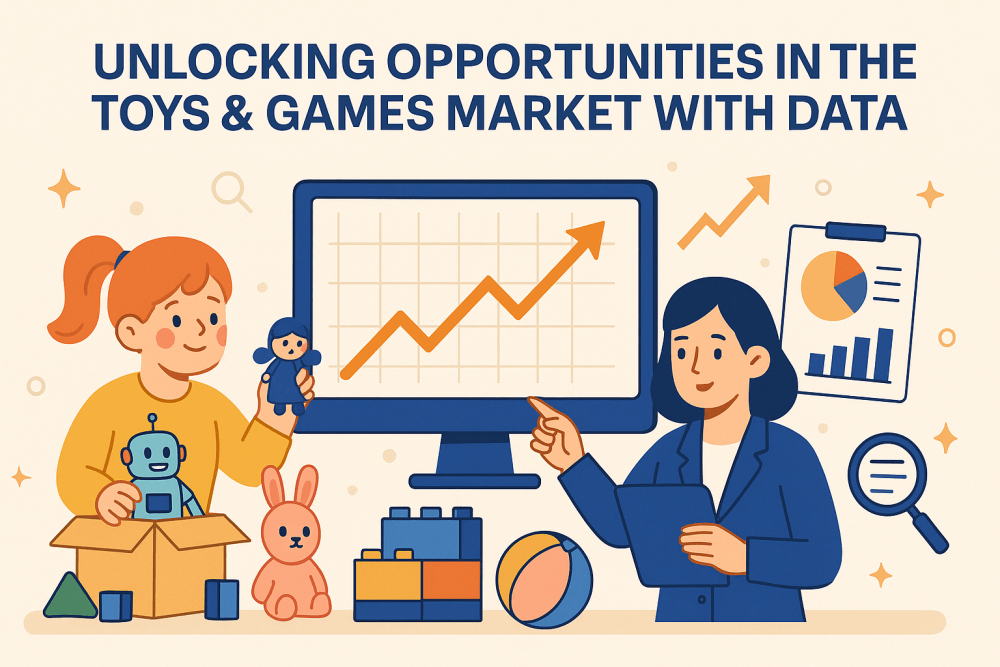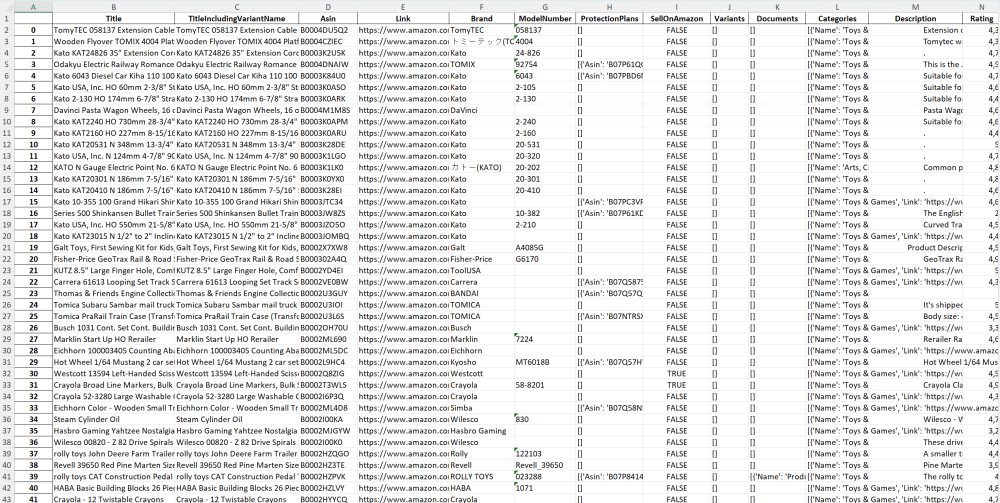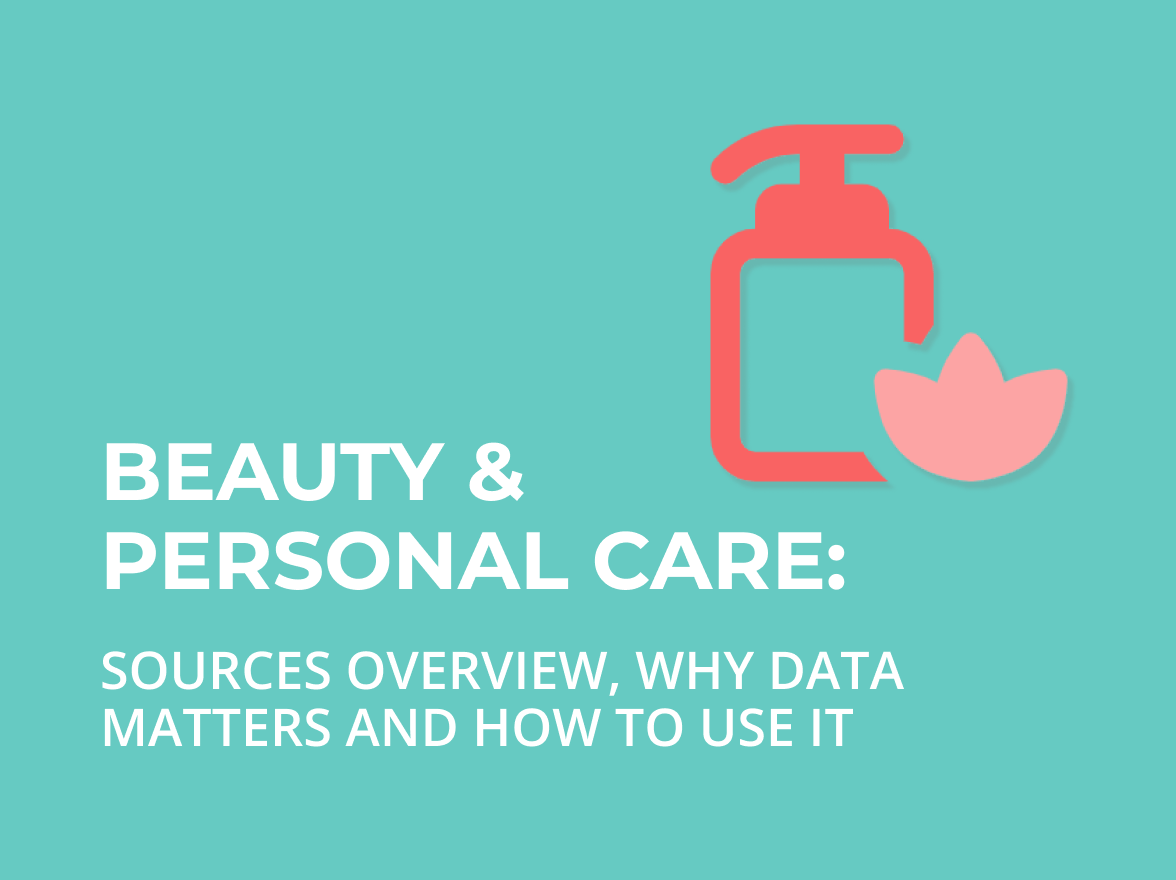Beauty & Personal Care: Sources overview, why data matters, and how to use it
The Beauty & Personal Care market is rapidly evolving — fragmented across private-label drugstores, prestige specialists, and fast-scaling e-commerce platforms.
The toys and games industry is a massive and diverse market. It covers everything from children’s playthings and educational games to party supplies, kids’ electronics, arts and crafts, and more.
The audience is equally broad—kids, families, friends, hobby enthusiasts, and even adults looking for entertainment or unique collectibles.
These products reach consumers through various channels:
No matter the size of the business, they all share the same goal: to stay competitive, relevant, and profitable.

To achieve success, companies need more than intuition—they need data-driven insights. By leveraging datasets, businesses can:
Valuable datasets can be collected from a variety of sources, including:
How it works:
Businesses can collect data on toy prices across different regions and marketplaces (e.g., Amazon US vs. Amazon UK, or Walmart vs. local toy shops).
Example in practice:
Business impact:
How it works:
Datasets track product listings and new arrivals on major marketplaces.
Example in practice:
Business impact:
How it works:
Datasets collect details on competitors’ products—attributes, descriptions, reviews, ratings, and stock availability.
Example in practice:
Business impact:
How it works:
Datasets reveal spikes in searches, listings, or purchases around certain periods (Halloween, Christmas, summer holidays).
Example in practice:
Business impact:
How it works:
Datasets help identify which product categories are trending and what attributes matter most (e.g., “STEM toys,” “eco-friendly,” or “under $20”).
Example in practice:
Business impact:
Getting access to this data doesn’t have to be complicated. By partnering with a reliable data provider like SSA Group, businesses can stay ahead with ease.

📌 Example in action: A toy manufacturer used SSA Group’s Amazon Toys & Games dataset to analyze seasonal trends and feed a BI dashboard for planning product launches. At the same time, their AI team used the same dataset to train a demand prediction model, helping the company prepare stock levels ahead of holiday shopping peaks.
With SSA Group, you get more than raw data — you get datasets built for action, insight, and growth.
In the fast-moving world of toys and games, data is the key to staying competitive. Whether you are a global retailer, a local toy shop, or a specialized party supplier, the right datasets can help you track competitors, catch emerging trends, and grow your business.
👉 Partner with SSA Group today and unlock the power of reliable, custom-tailored data solutions.

The Beauty & Personal Care market is rapidly evolving — fragmented across private-label drugstores, prestige specialists, and fast-scaling e-commerce platforms.

When we talk about ecommerce, most minds immediately picture flashy gadgets, fashion, or home décor. But behind the scenes lies a titan of a category – Industrial & Scientific – quietly powering manufacturing, healthcare, research labs, infrastructure, and even backyard workshops.
you're currently offline